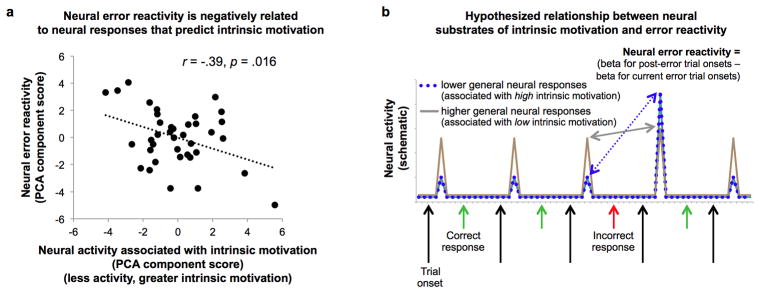Figure 6. Neural responses associated with intrinsic motivation are negatively related with neural error reactivity.

(a) Those who exhibit smaller BOLD responses to general trial onsets (i.e., those with higher intrinsic motivation) demonstrate greater BOLD responses in reacting to trials following errors, and vice versa (r = −0.39, p = 0.016, two-tailed; between component scores from the two PCAs). (b) A schematic depiction illustrates the hypothesis that high intrinsic motivation and its associated diminished general neural responses facilitate enhanced neural responses during critical task periods (here, post-error responding). The blue line illustrates a low general neural response to trial onsets, which allows a higher incremental neural response following errors under external incentives, as posited for those with high intrinsic motivation. In comparison, the orange line illustrates a greater response to general trial onsets, which limits the neural reactivity to errors, as suggested for those with low intrinsic motivation. As detailed throughout, the Reward participants show enhanced neural error reactivity, and the data together suggest a ‘tonic’ and ‘phasic’ relationship between the neural substrates of intrinsic motivation (tonic) and the impact of external incentives (phasic). Behavioral response events were modeled in the neural GLM analyses but for simplicity are not illustrated here.
